By C. Vidyashankar, MD
DELHI (Reuters Health) – A study from India reiterates that the immunosuppressant drug cyclosporine-A, when given in low doses for at least 6 months, is effective in treating severe aplastic anemia.
Dr. M. Rai and colleagues from Banaras Hindu University in Varanasi, Northern India, conducted the study on 27 patients with severe aplastic anemia. Cyclosporine-A 6 mg/kg per day in two divided doses was given orally to 14 patients for 6 months while 13 patients received the anabolic steroid stanozolol. The patient range was 8 to 33 years; most were young adults.
The researchers, writing in the October issue of the Journal of the Association of Physicians of India, observed that five (41.66%) of the 12 patients in the cyclosporine-A group were followed for 6 months, until they showed a response in that they did not require blood transfusions, while only one patient in the stanozolol group responded.
Among the five responders in the cyclosporine-A group, one patient was in complete remission while the others showed a partial response. Side effects requiring a stoppage in treatment were not seen in any of the patients treated with cyclosporine-A, the researchers say.
They note that their results are in agreement with other studies that involved low or high doses of cyclosporine-A. The immunosuppressant acts by stimulating production of interleukin-2 by T lymphocytes and by preventing activation of cytotoxic T cells.
Though a limitation of their study was that cyclosporine-A levels could not be measured, the investigators note that "this study confirms the beneficial role of cyclosporine-A" for aplastic anemia. They recommend a gradual decrease in the dose of cyclosporine-A before stopping treatment so as to avoid relapse.
Dr. Rai's team concludes that cyclosporine-A is a "viable therapeutic option in the treatment of severe aplastic anemia," especially for those unable to afford expensive options such as bone marrow transplants or anti-thymocyte globulin.
J Assoc Physician India 2001;49:966-969.






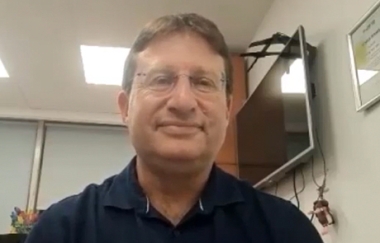
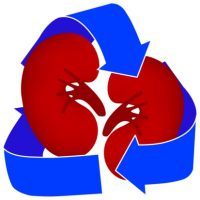


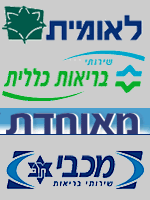
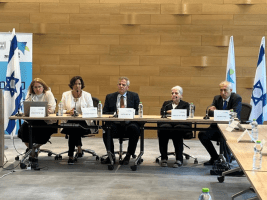
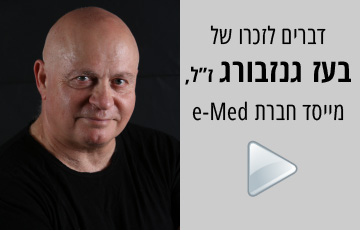






השאירו תגובה
רוצה להצטרף לדיון?תרגישו חופשי לתרום!